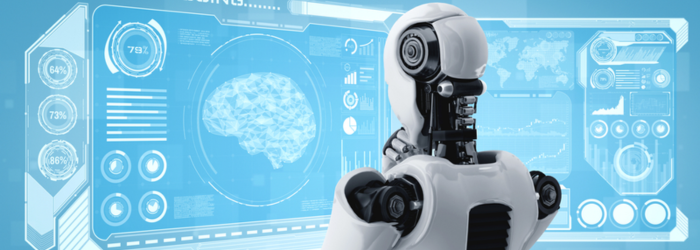The vastness of space has always captivated human imagination, and the quest for knowledge beyond Earth has driven advancements in space exploration. In recent decades, robotics has become an indispensable companion in this cosmic journey, revolutionizing how we explore and understand the cosmos. This blog delves into the role of robotics in space exploration, showcasing its applications, challenges, and the futuristic possibilities it holds.
1. Autonomous Rovers on Alien Landscapes:
Robotic rovers, such as NASA’s Curiosity and Perseverance, have become pioneers in exploring the Martian terrain. These autonomous vehicles are equipped with cameras, sensors, and scientific instruments, allowing them to analyze soil, rocks, and atmospheric conditions on distant planets. They serve as our robotic eyes and hands, unraveling the mysteries of celestial bodies.
2. Robotic Space Probes: Extending Our Reach:
Robotic space probes, like the Voyager and New Horizons missions, have ventured far beyond our solar system, providing valuable data about outer planets, asteroids, and interstellar space. These probes are equipped with instruments to study planetary atmospheres, magnetic fields, and the composition of celestial bodies.
3. Automated Satellite Repair and Maintenance:
Robotics plays a crucial role in extending the lifespan of satellites. Autonomous robotic systems can be deployed to repair and maintain satellites in orbit, mitigating the need for costly replacements and contributing to sustainable space operations.
4. Autonomous Docking and Spacecraft Assembly:
Robotics facilitates autonomous docking and assembly of spacecraft in orbit. Automated systems can rendezvous with each other, dock, and assemble larger structures or space stations. This capability is essential for constructing complex structures beyond Earth, such as the International Space Station (ISS).
5. AI for Space Exploration:
Artificial Intelligence (AI) is increasingly integrated into space exploration. AI algorithms assist in data analysis, autonomous navigation, and decision-making for robotic systems. This enables spacecraft to adapt to unexpected challenges and optimize their operations in real-time.
6. Challenges of Space Robotics:
- Harsh Environmental Conditions: Space poses extreme conditions, including intense radiation, extreme temperatures, and microgravity, which can challenge the durability of robotic systems.
- Communication Delays: The vast distances in space result in communication delays, requiring autonomous decision-making capabilities in robotic systems to navigate unforeseen obstacles.
- Power Constraints: Limited power sources in space necessitate energy-efficient robotic designs and innovative power solutions.
7. Robotics in Lunar Exploration:
- Lunar Rovers: Robotic rovers, like the ones deployed during the Apollo missions and recent lunar explorations, conduct experiments, collect samples, and pave the way for future human missions.
- Autonomous Landers: Unmanned lunar landers equipped with robotic systems explore the lunar surface, contributing to our understanding of the Moon’s geology and potential resources.
8. Future Prospects:
- Autonomous Spacecraft Swarms: The concept of swarming spacecraft, working collaboratively and autonomously, holds promise for efficient exploration and data collection in space.
- Robotics for Asteroid Mining: Automation and robotics could play a crucial role in future endeavors to mine asteroids for valuable resources, contributing to resource sustainability.
9. Benefits of Space Robotics:
- Cost Efficiency: Robotics reduces the need for human astronauts in hazardous environments, minimizing mission costs.
- Extended Mission Lifespans: Robotic systems can operate for extended periods, conducting experiments and gathering data long after the lifespan of human-manned missions.
- Scientific Discovery: Robotics enables the collection of data from diverse environments, contributing to scientific discovery and expanding our knowledge of the universe.
10. Conclusion:
Robotics in space exploration represents a fusion of technological innovation and human curiosity, pushing the boundaries of what we can achieve beyond our home planet. As we continue to unlock the secrets of the cosmos, robotic companions will remain instrumental in our cosmic endeavors, paving the way for a future where autonomous systems and human explorers work hand in hand to unravel the mysteries of the universe.





